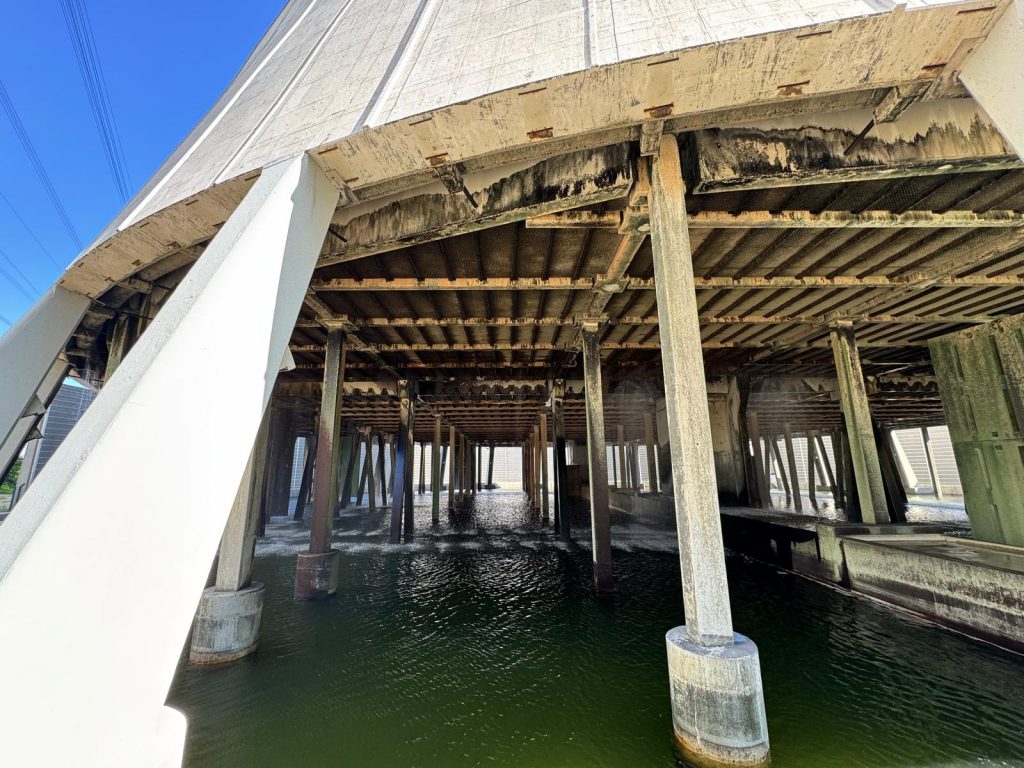Water: A Special Molecule
A water molecule (H₂O) is made of:
- Two hydrogen atoms (H⁺), which carry a slight positive charge,
- One oxygen atom (O²⁻), which carries a slight negative charge.
This charge difference creates a polar molecule:
- One side is slightly positive,
- The other side is slightly negative.
Because of this, water is an excellent solvent:
it can surround and bind both positive and negative ions, allowing substances like salts to dissolve easily.

Why water dissolves salts (ion hydration)
When table salt (NaCl) dissolves in water:
- It splits into sodium ions (Na⁺) and chloride ions (Cl⁻).
- Water molecules surround these ions, forming solvation shells (hydration shells):
- The negative oxygen side points toward Na⁺ (positive ion),
- The positive hydrogen side points toward Cl⁻ (negative ion).
These hydration shells stabilize the ions in solution and keep them apart so they don’t immediately recombine into solid salt.
Investigating how water “sticks” to ions
Scientists Michel Kropman and Huib Bakker developed a method to see how tightly water molecules stick to dissolved ions.
They used:
- A short laser pulse to give energy to the hydrogen atoms in the water molecules, making them vibrate relative to the oxygen atom.
What did they find?
- In pure water, these vibrations fade quickly.
- When water molecules are attached to ions like Cl⁻, these vibrations last longer.
Why do vibrations last longer near ions?
- A water molecule has a molecular mass of 18, which is very light.
- Ions like chloride (Cl, mass 35) or iodine (I, mass 127) are heavier.
- Because heavy ions don’t absorb the vibration energy well, the water molecules attached to them keep vibrating longer.
This shows that water molecules are held more tightly around ions than to other water molecules, forming stable hydration shells.
Water’s bond angles and structure
The hydrogen atoms in water form a bond angle of about 109 degrees with the oxygen atom, creating a bent shape.
This shape helps water molecules:
- Form hydrogen bonds with each other,
- Surround and stabilize ions in solution.
Why is this important?
✅ Water molecules form stable, long-lasting structures around ions in solution.
✅ These structures make it harder for ions to move freely, which:
- Slows down how fast ions can react with other molecules,
- Allows water to transport ions safely inside cells and throughout the body.
Thus, ion hydration controls the speed of chemical reactions by holding onto ions in its hydration shells. Therefore water not only dissolves substances but subsequently also keep surfaces clean.
